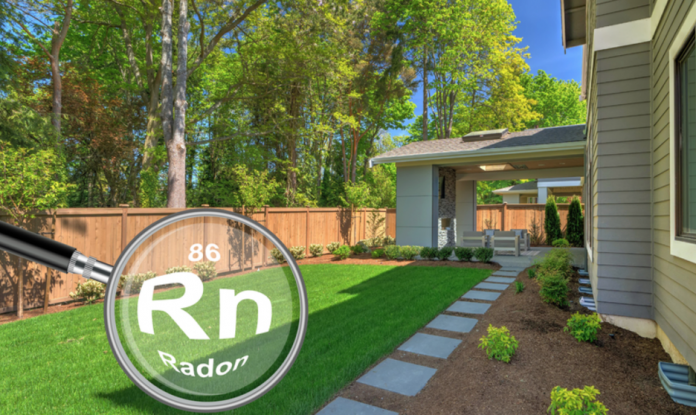If you have purchased or sold a home in the last few decades, you have likely heard of radon — a colorless, odorless gas found in the ground and within rocks. Radon gas is radioactive, and its ground-level location leaves homes, especially those with basements, particularly vulnerable to its adverse effects.
Luckily, there are a number of guidelines — both legal and common-sense — that can help homebuyers and sellers prepare for radon issues, mitigate those risks, and keep their families safe.
The danger of radon
Because radon cannot be detected by smell, taste, or sight, it has earned the reputation of a “silent killer.” In fact, radon is the leading cause of lung cancer in non-smokers. It is estimated that radon exposure contributes to approximately 21,000 lung cancer deaths each year. While the devastating effects of prolonged radon exposure can take years to develop, many remain unaware of radon levels and associated health risks in their homes, or in properties they are purchasing.
“The US EPA (Environmental Protection Agency), the CDC (Centers for Disease Control and Prevention), and state health departments strongly recommend that all homebuyers test for radon regardless of their geographic location,” says Insoo Park, CEO of leading radon detection and monitoring solution provider Ecosense. However, only one county in the United States — Montgomery County in Maryland — requires radon testing before the completion of a home sale. This leaves it up to a majority of homeowners and homebuyers in the country to do their own due diligence to lessen the negative effects of radon in the home.
The laws guiding home buyers and sellers
Various laws and guidelines seek to best help home buyers and sellers in dealing with radon issues. “Currently, 23 states and the District of Columbia require ‘Disclosure Only’,” Park explains. He further adds “This means that sellers must disclose radon test results only if they have conducted such tests. However, these disclosure guidelines are not specific to radon. It only requires that home sellers must disclose any issues they are aware of as required by law.”
In only 10 states are there notification and disclosure laws regarding radon in structures. This means that home buyers are supposed to receive notification that radon testing is recommended. However, it is important to note that testing is not required by law.
Many home buyers may feel that radon will not be an issue for them, especially if they are purchasing a new home. However, the reality is that radon can be found anywhere. “Elevated radon can be found in all types of homes — old or new, with or without basements, drafty or well insulated,” says Park. “The only way to know is to continuously monitor indoor radon.”
Radon tests performed prior to the sale of a home typically involve a 2-3 day sampling period by a professional radon tester. “While these short-term tests do a remarkable job of identifying houses with elevated radon, homebuyers should be aware that it is not unusual to see large variations in indoor radon concentrations, particularly within unmitigated houses,” Park notes. “Weather conditions and house operation — like running your heat or air conditioning, using exhaust appliances, or changing the ventilation rate — can all cause indoor radon to fluctuate considerably.”
In essence, it is crucial to have a radon test conducted before closing on a home sale. However, utilizing a continuous radon monitor capable of real-time tracking is even more significant. Such a monitor enables homeowners to stay vigilant and monitor radon levels in real-time, identifying the specific house operations and alterations that impact radon entry or dilution. This empowers homeowners to take proactive measures when necessary and provides peace of mind if intervention is not required.
Mitigation measures and continuous monitoring
There is no safe level of radon, but the EPA provides guidance on when homeowners need to consider mitigation measures. “The US EPA recommends that homeowners consider mitigation if the radon results are between 2 pCi/L and the 4 pCi/L action level,” explains Park.
There are a couple of proven methods to reduce radon in your home, but the most commonly used approach involves a vent pipe system with an inline fan. This system pulls radon from beneath the house and vents it outside, allowing for dissipation. “Don’t be afraid to purchase a home that tests high for radon, as every home can be remediated,” says Park. “Properly installed radon control systems can permanently reduce radon concentrations by up to 99%.”
Radon testing, continuous radon monitoring, and — if necessary — mitigation should be integral parts of the home-buying and home-selling process. By being aware of the various laws and regulations in one’s state and understanding best practices for radon testing, continuous monitoring, and mitigation, both sellers and buyers can ensure they are dealing with the safest possible home situation, promoting the health and well-being of all parties involved.

